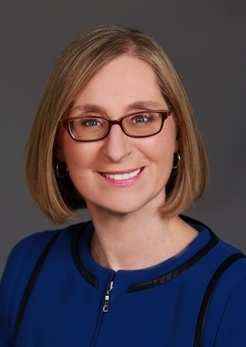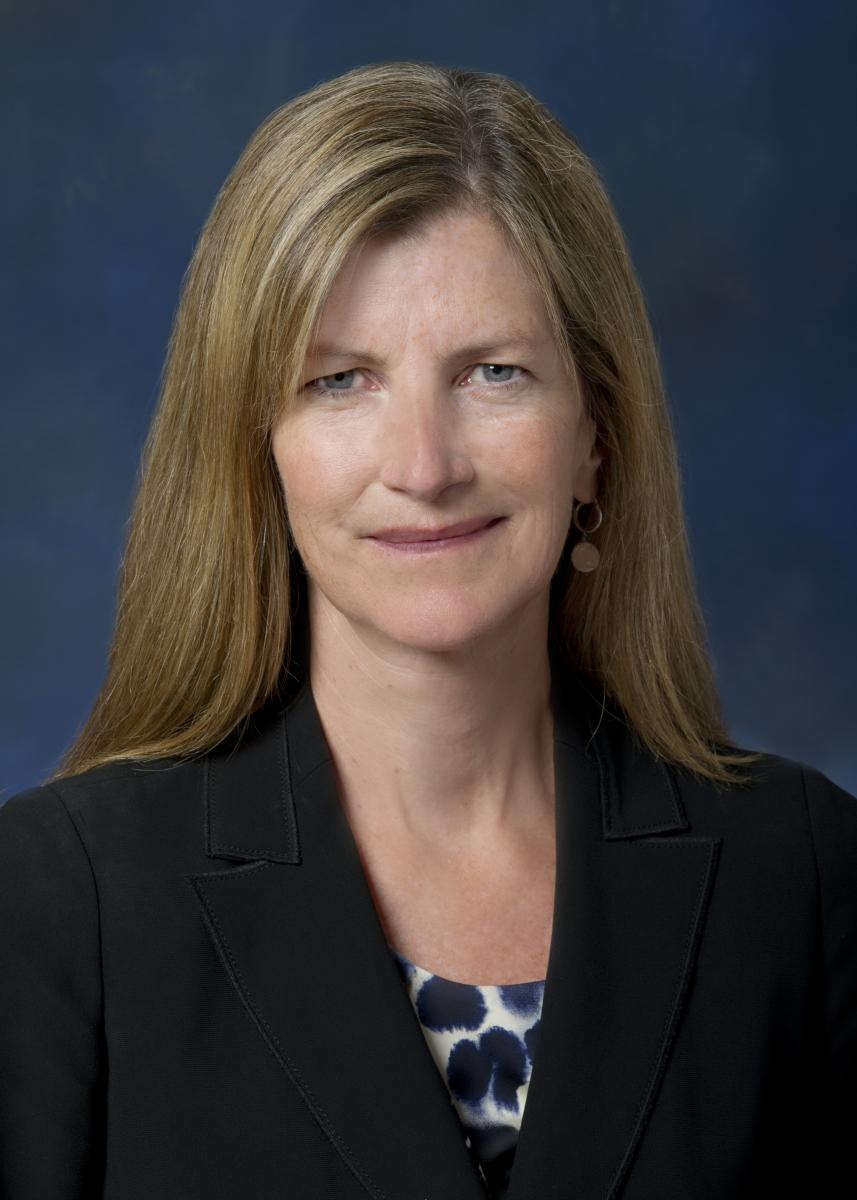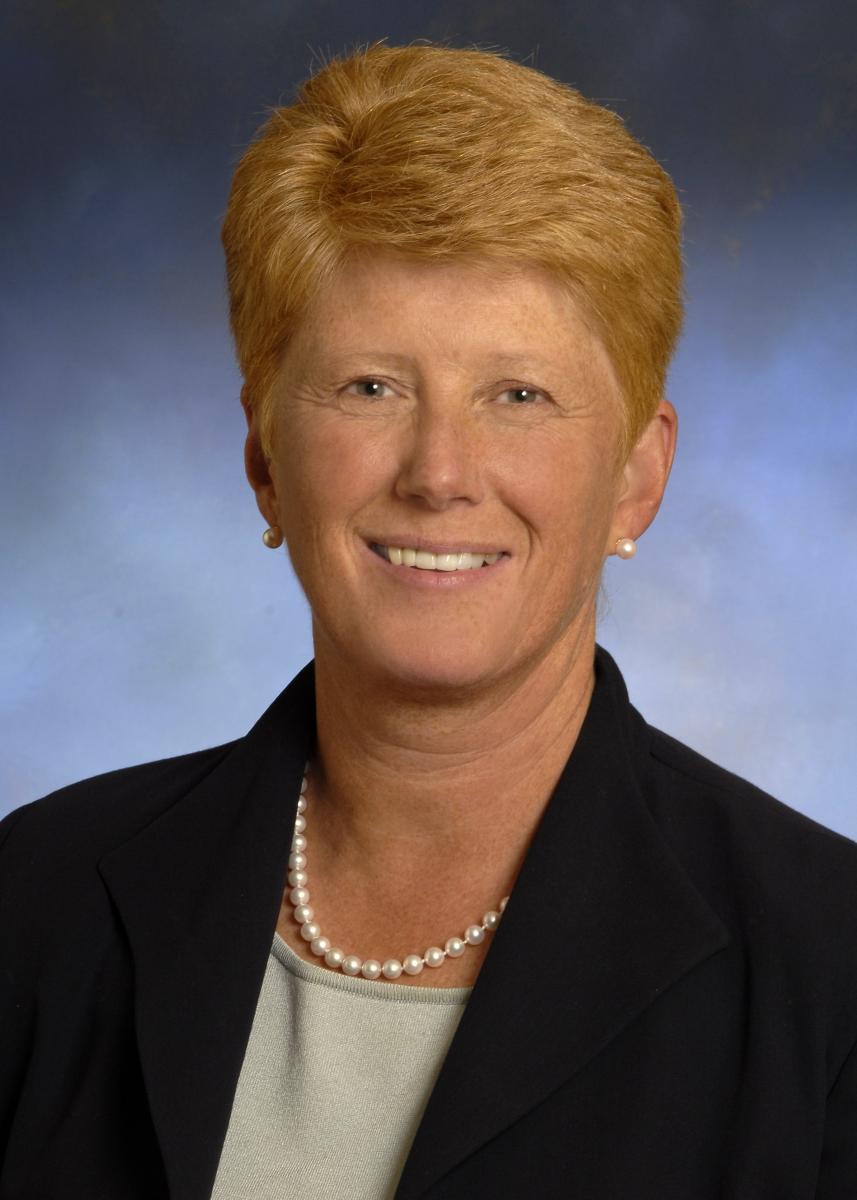By Beth Fitzgerald, ASB Chairperson; Maryellen Coggins, ASB Vice Chairperson; and Kathleen Riley, ASB Vice Chairperson
 Fitzgerald Fitzgerald |
 Coggins Coggins |
 Riley Riley |
You know what they say about birthdays: “Don’t count the years. Make the years count!” We think the Actuarial Standards Board (ASB), which is celebrating its 30th birthday this year, is a great example of how this type of advice is put into action. The ASB kicked off its permanent operations in 1988 and has more than its age to show for three decades of robust standard-setting activity. This year, the ASB adopted its 54th actuarial standard of practice (ASOP) and has a solid and proud track record of accomplishment.
As much as we love it, the ASB is not “our baby,” so to speak. When it came to creating this great institution, it really has taken generations of committed professionals from all practice areas—those Academy volunteers who have served on the ASB and its operating committees since its birth in the 1980s—to make the ASB what it is today. So let’s recall where the actuarial profession found itself before the founding of the ASB and how far it has come since the ASB’s formation. Then, let’s consider some of the key factors that will keep the ASB vibrant and effective for years to come.
‘A real milestone’
When the ASB was formed, its creation was recognized as “a real milestone in the evolution of the actuarial profession … [with] the potential to further clarify and solidify the reputation of the actuary as a true professional.”[1] The reason for this perspective was straightforward. While the Academy had been formed in 1965 and had focused on gaining recognition of the actuarial profession, up until the 1980s, the profession only had a few standards of practice. Describing the situation as “actuarial anarchy,” Academy President A. Norman Crowder stated in 1983:
“[O]ne mark of a profession is that it sets standards of practice so that the public will know that it governs itself. Unlike other professions such as accounting, law and medicine, we actuaries at present have no defined, comprehensive standards of practice.”[2]
The Academy established a task force to develop a blue print for a standard-setting body, launching the Interim Actuarial Standards Board (IASB) in 1985 and the permanent ASB in 1988. This bold and innovative initiative took hundreds of actuaries thousands of hours to accomplish. Beyond developing the structure for the ASB and putting the standard-setting process in motion, the leaders of the Academy initiated an outreach program to actuaries across the United States, understanding that widespread acceptance of practice standards depended upon broad-based support among them. When the Academy moved to transform the IASB into the ASB 30 years ago, through amendment to the Academy’s bylaws, the IASB chair Ronald Bornheutter threw down the gauntlet to fellow actuaries, telling them:
Everything that has gone on in the past, combined with the increasing complexity of our profession, has brought the standards movement to a point where the profession today must say “yea” or “nay” to have an effective, up-front standards program. There is no middle ground, no compromise, no halfway points.[3]
The profession not only supported the standards movement and the creation of the ASB, but also then and now actively participated in its standard-setting activities. The structure of the ASB has remained largely unchanged since its inception. The designers of the ASB envisioned that ASOPs would be exposed for comment to the profession and the public; continually reviewed; revised and repealed, when appropriate; developed to reflect advances in practice; and be comprehensive by area of practice.
In addition to this functional design, which endures to this day, the ASB’s founders recognized that its decisional independence must be protected. John Harding, who chaired the Standards Organizing Committee that developed the ASB’s structure, stated that “[t]he key element we addressed in looking at possible long-term structures for the ASB was the question of decisional ‘independence’.” Creating an autonomous standard-setting structure within the Academy was the key to “the ability of the ASB to produce and maintain relevant actuarial standards whose contents are of unquestioned integrity.” Harding explained:
“[T]here are two extremes: one, the concern that the ASB must be free from undue influence from individual actuaries or their employers; and the other, the concern that the standards board might become too independent with resulting standards that are in direct conflict with legitimate practice. … Our recommendation is that the ASB remain a distinct organization within the Academy structure. … On balance, this structure should do the best job of resolving the various issues surrounding question of independence.”[4]
This is how the ASB came to take the shape it has today. As contemplated by the original blueprint, the ASB has nine members who are broadly representative of all areas of actuarial practice. The Board has six operating committees: casualty, health, life, pension, enterprise risk management, and a general committee. Importantly, the ASB plays a standard-setting role, not an advocacy role. The ASB serves the actuarial profession as a whole rather than individual interest groups or coalitions.
As stated in ASOP No. 1, Introductory Actuarial Standard of Practice, “[t]he ASB has exclusive authority in the United States to determine whether an ASOP is needed in a particular actuarial practice area, to promulgate ASOPs, and to amend or repeal ASOPs. The ASB is the final authority for determining the content of ASOPs.” Under the Code of Professional Conduct (the Code), ASOPs are binding on the members of the five U.S.-based actuarial organizations who have adopted the Code.
Identifying Appropriate Practice
The ASB published its first Procedures Manual in 1989, and the current version is available on the ASB website. While it may not be the most exciting read, the Procedures Manual describes how the ASB conducts its business and interacts with its committees, the profession, and the public. It outlines the steps that the ASB and its committees take in developing standards. When the ASB initiates or receives a proposal for a new or revised standard, it has a number of options. Typically, the ASB will request one of its committees to develop an exposure draft of a new or revised standard. But, the ASB can also issue a request for comments or a discussion draft of a standard, form a task force to explore a subject area, or hold a public hearing.
In developing ASOP No. 1, for example, the ASB held a public hearing in 2006 to raise its own awareness of the actuarial community’s understanding of the ASB’s approach to standard-setting. Based on the hearing, the ASB revised what became ASOP No. 1 to clarify that “contrary to what some in the profession believed, the ASB had never attempted to simply codify common practices, but rather had always sought to identify appropriate practice.”[5] More recently, the ASB held a public hearing in July 2015 on the proposed actuarial standards of practice applicable to actuarial work regarding public pension plans, which resulted in the ASB’s recent issuance of exposure drafts for ASOP Nos. 4, 27, and 35. The ASB’s Pension Committee is now considering the comments received on these drafts.
Over the past three decades, the ASB has developed a robust body of 54 cross-practice and practice-specific ASOPs. In addition, the ASB has reviewed and revised nearly all of the ASOPs as a result of its continuous monitoring of developments in actuarial practice, law, and the business environment. From the Affordable Care Act to principle-based reserving to predictive analytics and social insurance programs, the ASB has been on top of critical changes in the operating environments of practicing actuaries, asking the all-important question: In this context, what is appropriate actuarial practice?
The ASB even revised ASOP No. 1, effectively the ASB’s “rules of the road,” in 2008 and 2013 after its initial adoption in 2004. Similarly, ASOP No. 41, Actuarial Communications, was adopted in 2002 and revised in 2010 to complement the Code and to make its provisions consistent with the revision of the U.S. Qualification Standards that was adopted in 2008. If you want to find out why the ASB has decided to revise a particular standard, all you have to do is go to the transmittal memorandum and Appendix 1 of most ASOPs for the background of the standard.
On this occasion of the ASB’s 30th birthday, we believe it is appropriate for actuaries to celebrate this key milestone in the formation of our profession. You should also keep another important thing in mind: You are invited to the party! Every actuary is invited to participate in the standard-setting process by reviewing exposure drafts and submitting comments to the ASB, by volunteering for ASB-related professionalism activities at the Academy, by using the ASOPs in your daily practice as required by the Code, and by promoting the use of standards within your organization. After all, it is your profession, and you need to take a personal interest in how the profession governs itself. So please join us in celebrating. Happy 30th birthday, ASB! Now, where’s the cake and champagne?
(Actuarial Update, October 2018)




